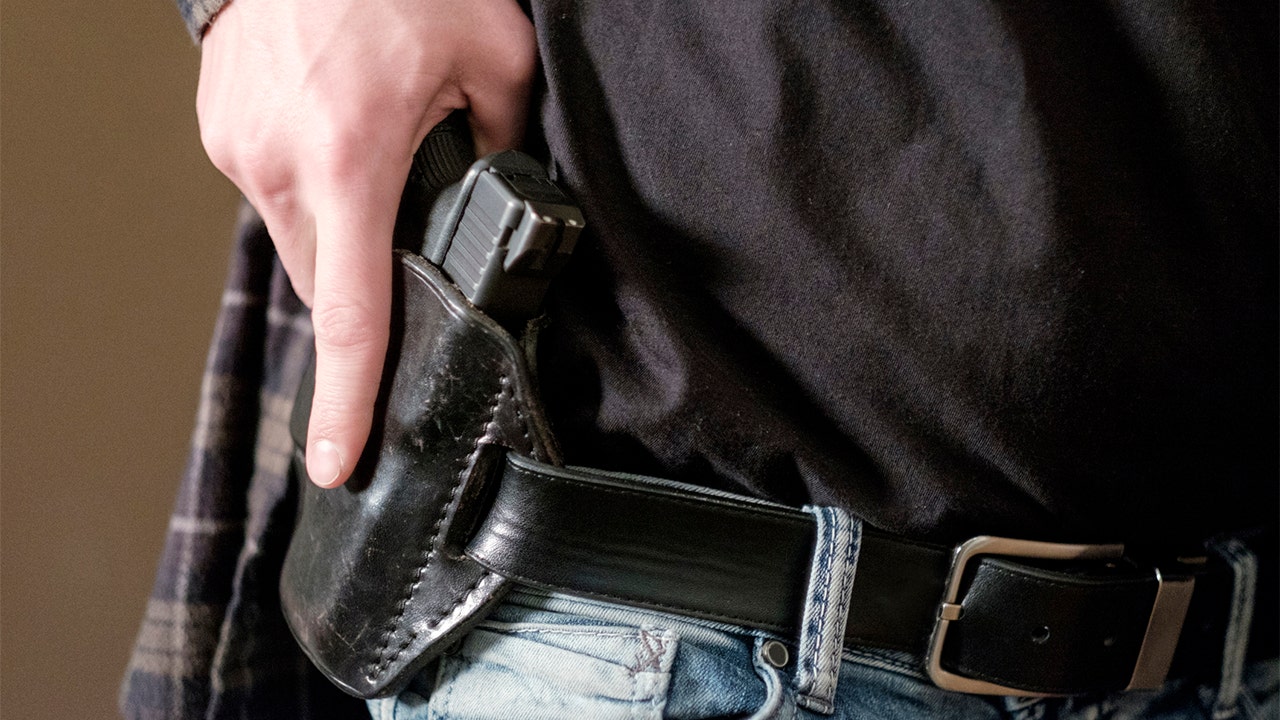Nostra
Diamond Member
- Oct 7, 2019
- 62,754
- 53,861
- 3,615
Score one for the good guys. At least someone in Chicago is fighting crime.
BTW Snowflakes, he didn't shoot up all kinds of innocent bystanders in the process.

 www.foxnews.com
www.foxnews.com
BTW Snowflakes, he didn't shoot up all kinds of innocent bystanders in the process.

Chicago armed robbery thwarted as gun owner with concealed-carry permit kills suspect: report
A gun owner with a concealed-carry permit shot and killed an armed robbery suspect at a Chicago cell phone store on Saturday night, according to police.

:watermark(cdn.texastribune.org/media/watermarks/2015.png,-0,30,0)/static.texastribune.org/media/images/HandGunRestingOnWhite.jpg)
